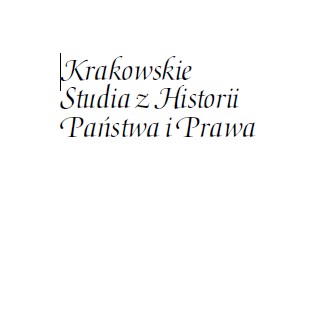Adoption (Successful Unification of Adoption Law in Interwar Czechoslovakia)
Adoption (Successful Unification of Adoption Law in Interwar Czechoslovakia)
Author(s): Michal Tomin, Miriam LaclavíkováSubject(s): History of Law, Civil Law, Family and social welfare, Interwar Period (1920 - 1939)
Published by: Wydawnictwo Uniwersytetu Jagiellońskiego
Keywords: adoption; adoption contract; interwar Czechoslovakia; unification; legal dualism;
Summary/Abstract: The study analyses the Hungarian and Austrian adoption laws that inspired lawmakers of the Czechoslovak Act No. 56 of 1928 Coll. As the Hungarian and Austrian laws, the Czechoslovak Act of 1928 on Adoption recognised adoption as a contract to ensure an heir. It advocated compliance with the principle adoptio naturam imitatur. Therefore, it helped to improve the social and legal position of abandoned and neglected children. For lawmakers, the primary inspiration source was the Austrian General Civil Code (ABGB). Nonetheless, several provisions of the ABGB were identical with the Hungarian customary law, court practice, and office practice. Adopters had to be childless, older than forty years of age, and a minimum of eighteen years older than the adoptees. Married persons could adopt only with the consent of their spouses (in this, the influence of the ABGB was the strongest). Contrary to ABGB, but under the Hungarian court practice, was the possibility for a man to adopt his illegitimate biological child. It was possible to adopt majors as a limitation to the principle adoptio naturam imitatur. Adoption was a contractual relationship. It established a relation only between the adopter and adoptee, while the relationships of the adoptee with the birth family continued. For instance, if the adopter failed in his duty to aliment the adoptee, the biological father had a supportive legal obligation to pay alimony. The main goal of the adoption process was to produce an heir. For this reason, we can conclude that the interests of adopters prevailed over the interests of adoptees. It changed radically after 1949, and the most important in the adoption process has become the best interest of the child.
Journal: Krakowskie Studia z Historii Państwa i Prawa
- Issue Year: 15/2022
- Issue No: 2
- Page Range: 325-338
- Page Count: 14
- Language: English

